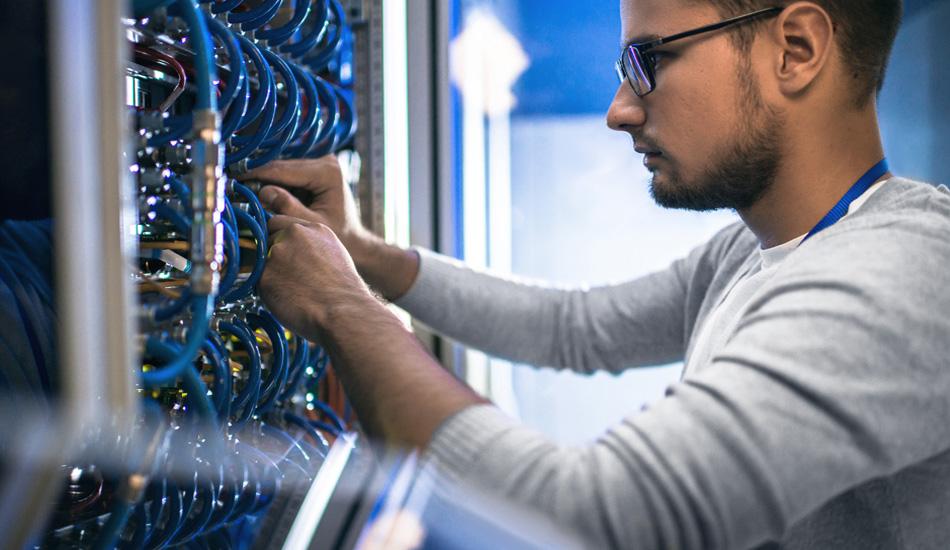The challenge
Following a comprehensive renovation project, Studioworks in September 2017 re-opened three studios, as well as post production facilities, at the iconic Television Centre, located in London’s White City. For over 50 years, Television Centre was the home to scores of popular British television shows before being sold to property developer Stanhope plc in 2012. The redevelopment project has seen a wide-ranging overhaul of the facility, with Studioworks upgrading everything from dressing rooms and the scenic power and hoists, right through to new ventilation and building management systems. Studioworks has also been refreshing the facility’s technology infrastructure.
While a greenfield technology site eliminates the burden of backward compatibility, it also lengthens and expands the evaluation process due to the need to test and stress a wide-open field of technology options. Given the industry’s ongoing transition from HD to UHD, as well as the increasing prominence of IP for transporting video and audio signals, Studioworks’ technical team was challenged to purchase technology for the three new studios that is optimized to meet today’s demands but also capable of satisfying the video consumption appetites of at least another generation of UK television viewers.
Future support for IP-based production, UHD and HDR was imperative. Television Centre’s storied broadcast history also meant that Studioworks’ refurbished facilities would require meeting exacting quality and reliability standards. A robust and centralized routing architecture, specifically designed for complex and high-demand management of all video and audio signals, was a key requirement. With the wider Television Centre site now a mixed-use building that includes housing units and shops, Studioworks needed to make the most of available square footage by selecting powerful but compact equipment capable of integrating multiple functions and capabilities into a space-saving footprint. The high-volume nature of the studios at the new Television Centre also necessitated new levels of versatility, as each studio would be required to accommodate quick reconfigurations to support a variety of program types, all with different technical nuances and requirements.




